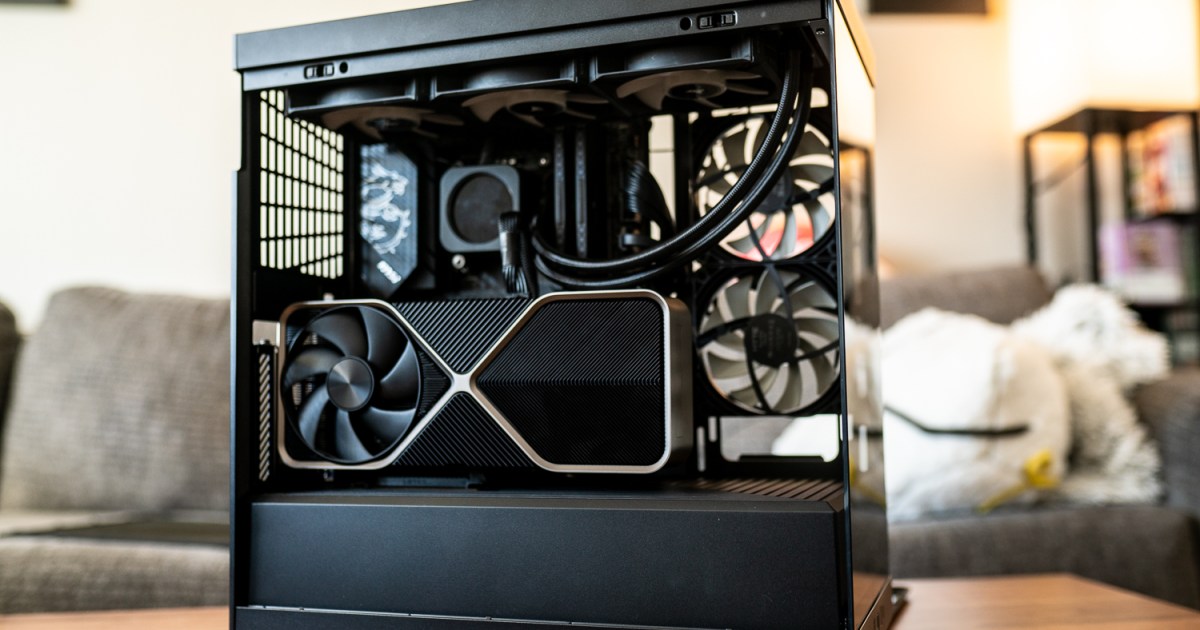Especially if you live in California, it might seem as if the autonomous driving trend is moving at full-speed and of its own accord.
Wayve, a UK startup that has received over $1 billion in funding, is now joining the crowded party by launching on-road testing of its AI-learning system on the streets of San Francisco and the Bay Area.
The announcement comes just weeks after Tesla unveiled its Robotaxi at the Warner Bros Studios in Burbank, California. It was also in San Francisco that an accident last year forced General Motors’ robotaxi service Cruise to stop its operations. And it’s mostly in California that Waymo, the only functioning robotaxi service in the U.S., first deployed its fleet of self-driving cars.
As part of its move, Wayve opened a new office in Silicon Valley to support its U.S. expansion and AI development. Similarly to Tesla’s Full-Self Driving (FSD) software, the company says it’s using AI to provide automakers with a full range of driver assistance and automation features.
“We are now testing our AI software in real-world environments across two continents,” said Alex Kendall, Wayve co-founder and CEO, in a statement.
The company has already conducted tests on UK roads since 2018. It received a huge boost earlier this year, when it raised over $1 billion in a move led by Softbank and joined by Microsoft and Nvidia. In August, Uber also said it would invest to help the development of Wayve’s technology.
Just like Tesla’s FSD, Wayve’s software provides an advanced driver assistance system which still requires driver supervision.
Before driverless vehicles can legally hit the road, they must first pass tight safety tests.
So far, Waymo’s technology, which relies on pre-mapped roads, sensors, cameras, radar and lidar (a laser-light radar), is the only company to have received the nod from U.S. regulators.
2025 Porsche Macan EV first drive: electrifying a bestseller

Porsche is giving EVs a major vote of confidence. While the brand will continue to sell non-EVs for many years, including the emblematic 911, it developed the second generation of the Macan exclusively with electric power in mind. You won’t find a twin-turbocharged V6 or a plug-in hybrid system on the specifications sheet; it’s all electric, all the time. That’s a bold move -- we’re talking about one of Porsche’s bestselling models, not a niche car that has a greater effect on image than on sales. Was it the right move? Join us as we find out.
Subtly electric
There’s no mistaking the new Macan for its predecessor when you walk past it. It’s characterized by styling cues that align it with the Taycan sedan, which was the first series-produced electric Porsche. Up front, rectangular lights are accented by four individual LEDs; in back, there’s a light bar that makes the SUV appear wider than it actually is. Nothing about the design screams “I’m electric!” but there are relatively subtle hints if you know where to look. Here’s a cheat sheet: the front overhang is shorter than the original Macan’s and the wheelbase is nearly 4 inches longer. That’s because engineers had to package a massive battery pack rather than an engine.
Read more
Everything we know about the Tesla Cybercab

After years of rumors and hype, Tesla has finally unveiled its plans for the future of autonomous driving in the form of the new Tesla Cybercab. The Cybercab is the company's end goal for self-driving tech, essentially serving as a vehicle that's completely autonomous to the point that it doesn't even have a steering wheel. The car was finally shown off at Tesla's "We, Robot" event on October 10 and gives a look at what Tesla thinks is the future of transportation.
At the event, Tesla CEO Elon Musk gave us a ton of details about the vehicle itself and what Tesla hopes to achieve with it. There's still plenty we don't know about the Tesla Cybercab, but here's a look at everything that we do know.
Exterior design
The design of the vehicle is perhaps less surprising than you might assume. It looks kind of like a crossover between the Cybertruck and the Model 3, offering long light bars on the front and rear and a futuristic overall look, but in the shape of something that at least kind of resembles a typical car. Like the Model 3 and Model Y, it has a curved roofline along the top, but unlike those cars, it terminates in a flat rear similar to that of the cismCybertruck.
Read more
Karma’s EVs are getting a Master & Dynamic audio upgrade

Karma Automotive has partnered with Master & Dynamic (M&D) to bring the New York City-based boutique audio company's sound to two of its electric vehicles. It's the first time that M&D has designed an in-cabin sound system. It says it will also design a selection of "sound tools" exclusively for Karma, including wireless headphones.
The Karma cars in question are Karma’s third-gen Karma Revero, set to begin deliveries later in 2024, and the upcoming $300,000 Karma Kaveya super-coupe. In the meantime, owners of existing Karma Reveros can enjoy Tune, an over-the-air audio upgrade for the Karma Revero sport sedan. According to M&D, Tune lets drivers seamlessly download a proprietary equalization package that "enhances the in-vehicle audio experience with Master & Dynamic’s signature rich, warm sound."
Read more




















 English (US) ·
English (US) ·